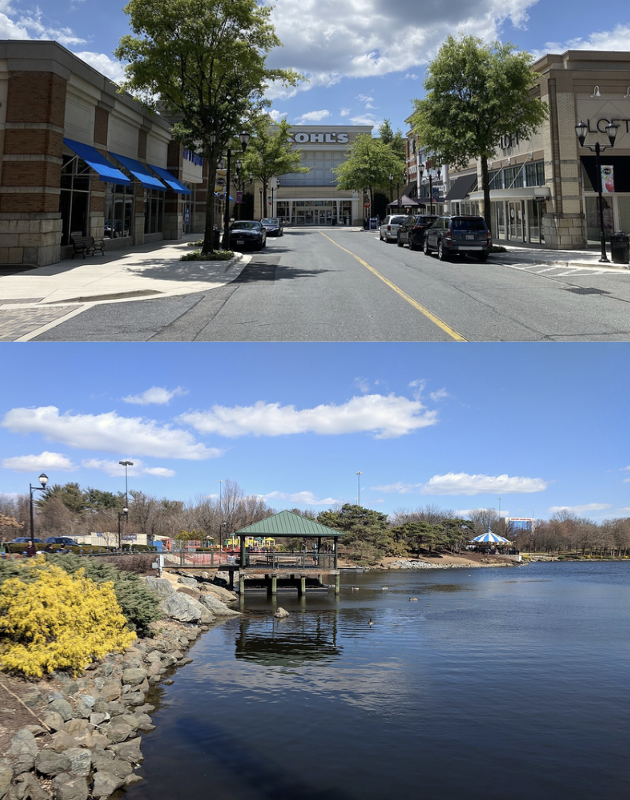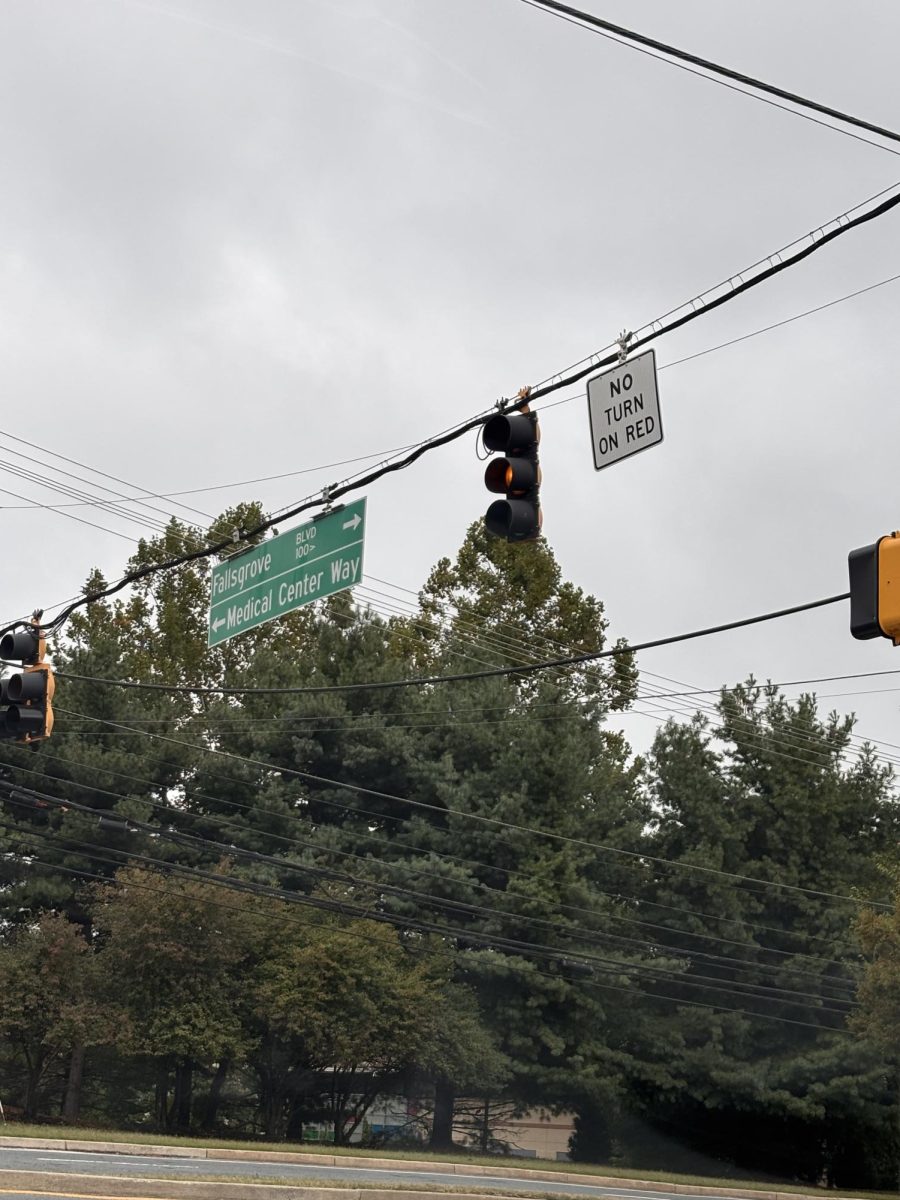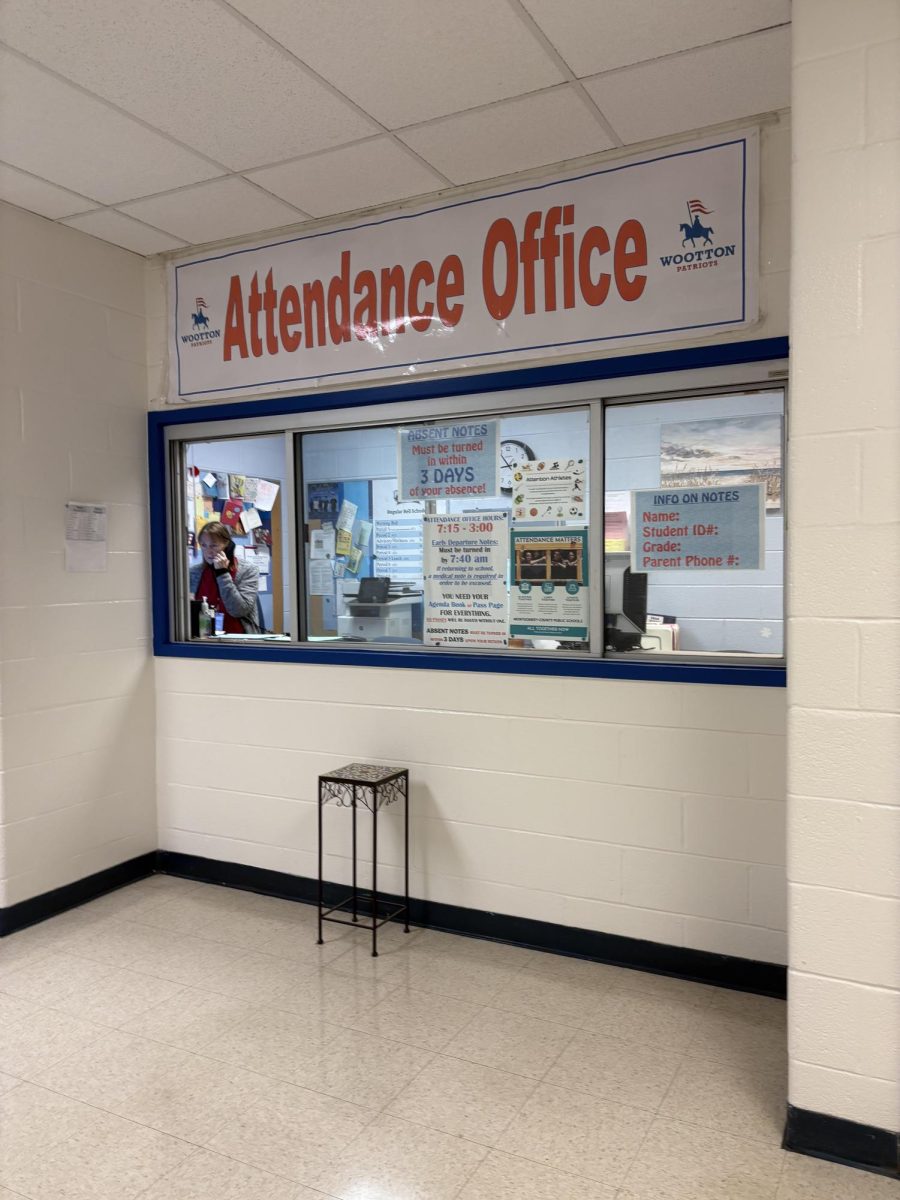On Jan. 26 University of Maryland College Park (UMCP) released decisions for the class of 2028 early action applicants. With roughly 268 students from this school having applied early action, there was a wide range of decision results, but one thing is certain: admission to UMCP is becoming increasingly competitive.
In the week leading up to decision results anxiety could be sensed from the seniors throughout the halls. Senior Eli Umar hoped to be accepted because he “really [likes] the proximity to home as well as the food options on campus, such as the terpuccino.”
Senior Zorawar Singh applied because he also liked the proximity to home, among other things. “It’s close, has good sports, and I like their business program,” Singh said.
A driving factor in the high number of applicants to UMCP from this school is the in-state tuition. The UMCP tuition for Maryland residents is $11,233, with total costs being $30,885 per year. The total costs of out-of-state schools are far more expensive, generally costing up to $60,000 per year. Private universities can be even more expensive, costing up to $90,000 per year. The rising tuition costs of out-of-state and private universities has pushed more and more Maryland students to apply to UMCP in order to take advantage of the cheaper tuition, making admission more competitive. “I think what we’re seeing at all flagship state schools is an increase in interest and an increase in applications,” college and career counselor Jennifer Macdonald said.
Since state universities were created to serve the residents of the state, and receive funding from the state government, many schools are required to accept a certain percentage of out-of-state students. A 1986 UNC system policy mandates that no more than 18 percent of out-of-state first-year undergraduate students may enroll on most UNC campuses. In addition, the University of Arizona guarantees admission to undergraduate students who are state residents and meet certain requirements, including having a minimum 3.0 GPA. According to The Washington Post, in 1977 “The Maryland Board of Higher Education voted (…) to limit the number of out-of-state students at state colleges and universities to 15 percent of total enrollment.” However, that quota is no longer in place, as the UMCP Fall 2023 class enrolled 23.7% out-of-state students.
Data for the UMCP class of 2024 has not yet been released, but this year’s competitive admissions cycle has caused discussion of the need for Maryland legislators to step in. “The University of Maryland should certainly limit the amount of out-of-state students because Maryland is a small state and there isn’t another in-state school available for Maryland residents that is comparable to UMD. Virginia has UVA, William and Mary and Virginia Tech,” private college counselor and tutor Lisa Tillman said.
Students had mixed reactions when opening their UMCP decisions. Singh’s reaction was “kind of chill because he expected to get in.”
Others were disappointed to receive rejections. UMCP does not defer students, however, they do admit students into Freshman Connection (FC). FC is a fall semester program offered to all freshmen admitted into the spring semester, in which they can live on campus, participate in all UMCP activities/events, but are only able to take specific courses, and at later times in the day. “At first, listening to other college counselors, I was kind of worried wondering what the results would be like. But our results were pretty consistent with what they’ve been, we were really fortunate in that regard,” Macdonald said.
While this school may have fared better than most, data shows in the past three years UMCP has steadily become more and more difficult to get in. “UMD has definitely become more competitive each year and this year was no exception. Because UMD is test-optional, it appears that students aren’t submitting scores as the 25th – 75th percentile ranges have increased astronomically,” Tillman said.








